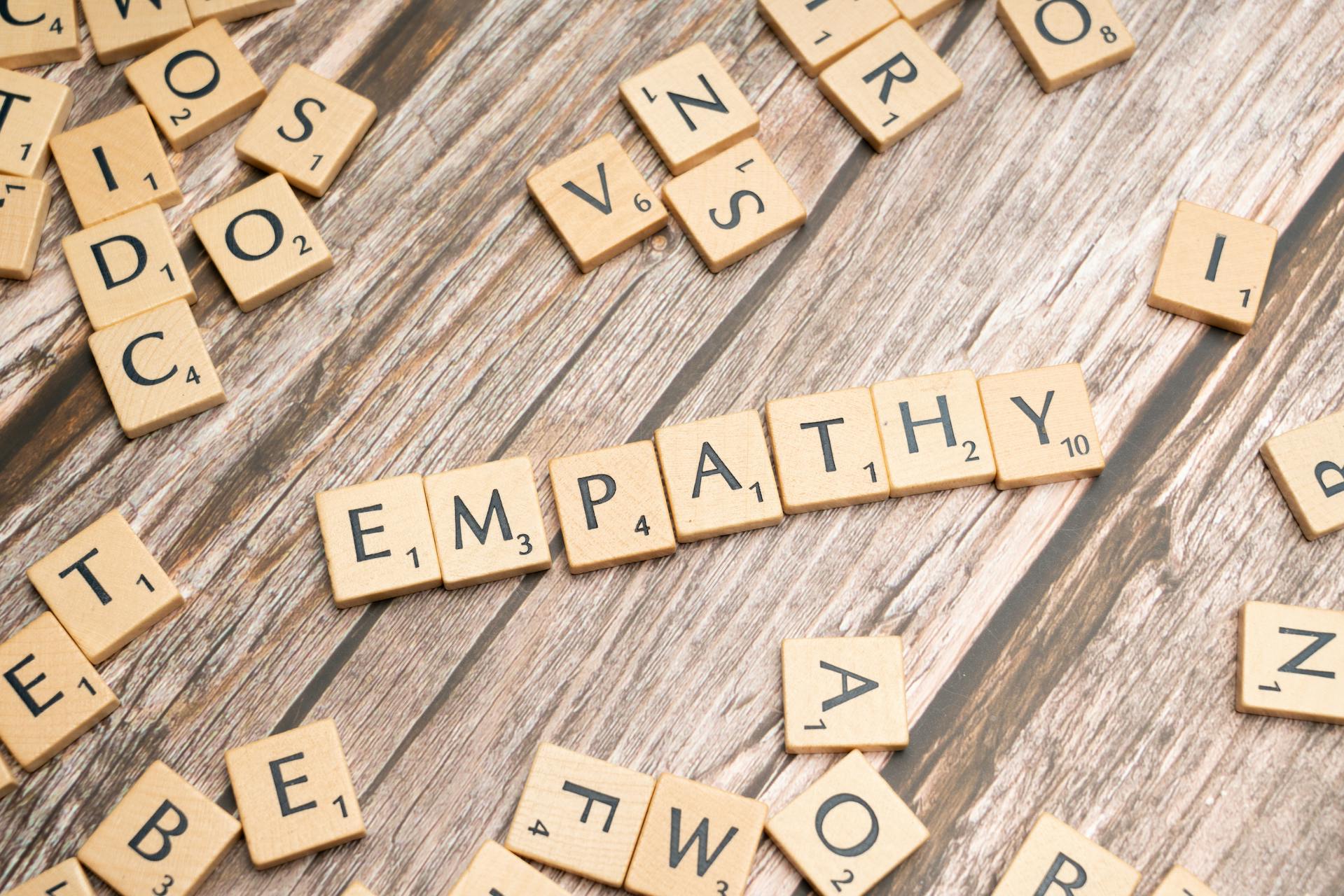Best Practices for an UX Team Working in an Agile Environment
In today's fast-paced business environment, UX teams are often required to work in an Agile environment to deliver products faster and more efficiently. While Agile methodology helps to reduce development time and increase collaboration, it also poses challenges for UX designers who need to ensure that user needs and requirements are met.
Best Practices for an UX Team Working in an Agile Environment
In today's fast-paced business environment, UX teams are often required to work in an Agile environment to deliver products faster and more efficiently. While Agile methodology helps to reduce development time and increase collaboration, it also poses challenges for UX designers who need to ensure that user needs and requirements are met.
To address these challenges, UX teams can apply various methodologies, including Lean UX, Design Thinking, User-Centered Design, Atomic Design, and Jobs-to-be-Done. In this article, we'll explore some best practices for an enterprise UX team working in an Agile environment, with a focus on these methodologies.
Integrate UX into the Agile process using Lean UX
Lean UX involves integrating UX design into the Agile process, making UX a part of the product development team. This can help UX designers to provide feedback on how the product is progressing and make any necessary changes. For example, a startup has a small UX team that applies Lean UX by working alongside developers in Agile sprints. The UX designers provide feedback on the user interface design of a mobile app, and they also collaborate with developers to ensure that the designs are implemented correctly.
Establish a shared understanding of UX design with Design Thinking
Design Thinking is a methodology that focuses on understanding user needs and developing solutions that meet those needs. UX designers can use Design Thinking to establish a shared understanding of UX design and its principles, making sure that everyone in the team is aligned and working towards the same goals. For instance, a mid-sized company has a UX team that applies Design Thinking by holding regular workshops for Agile teams. They educate team members on the principles of UX design, Design Thinking, and usability testing. By doing so, they ensure that the teams have a shared understanding of UX design, and they can work together to create a better user experience.
Conduct user research regularly with User-Centered Design
User-Centered Design is a methodology that places users at the center of the design process. In an Agile environment, it's important to conduct user research regularly to ensure that the product is meeting user needs and requirements. User research can be conducted in various ways, such as surveys, interviews, or usability testing.
For example, a large online retailer regularly conducts user research using User-Centered Design to ensure that their website is meeting the needs of their customers. They conduct surveys and usability testing to gather feedback on the website's design, navigation, and checkout process. The UX team uses this feedback to make improvements and ensure that the website is easy to use for their customers.
Use design systems and patterns with Atomic Design
Atomic Design involves breaking down design elements into smaller, reusable components. In an Agile environment, it's important to use design systems and patterns to save time and ensure that designs are consistent across different products or features. Atomic Design can help to create a systematic approach to design that can be reused across different products or features. For instance, a software development company has a design system that includes UI patterns, typography, and color palettes. The design system is used across all of their products and features, ensuring that designs are consistent and efficient, using Atomic Design principles.
Prioritize features based on user needs with Jobs-to-be-Done
Jobs-to-be-Done is a methodology that focuses on understanding the underlying motivations that drive users to use a product or service. UX designers can use Jobs-to-be-Done to prioritize features based on user needs. By understanding the jobs that users are trying to accomplish, UX designers can ensure
Which method is best
Each methodology has its own strengths and weaknesses, and the choice depends on the specific needs and circumstances of the project. However, integrating UX into the Agile process, establishing a shared understanding of UX design, conducting user research regularly, using design systems and patterns, and prioritizing features based on user needs are all best practices that can help UX teams to deliver products faster and more efficiently while ensuring that user needs and requirements are met.
Conclusion
An enterprise UX team working in an Agile environment can benefit greatly from applying various methodologies such as Lean UX, Design Thinking, User-Centered Design, Atomic Design, and Jobs-to-be-Done. By applying these methodologies, UX teams can create better user experiences and help their organizations to achieve their business goals.
Recent Posts
-

Elevate Your Styling Game with Powerful SCSS Mixins
-

User Details Made Simple with JavaScript
-

Bridging Connections in Life and Design
-

Cultivating Innovation through Culture in UX Engineering
-

The Power of Accessibility in UX Design
-

The Benefits of Design Systems for Companies
-

Develop a Simple Typeahead Feature with JavaScript
-

Using AI to Enhance User Research in UX Design
-

Best Practices for an UX Team Working in an Agile Environment
-

A Practical Guide to Conducting Effective User Research
-

How UX Engineers Determine the Best User Experience
-

Introduction to Modern JavaScript Features
-

How to Build a Star Wars Character Dropdown with JavaScript
-

Why Introduce Azure DevOps to Your Daily Workflow?